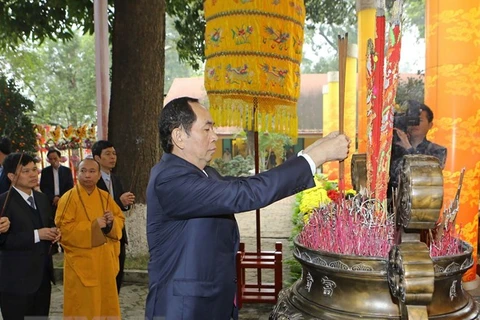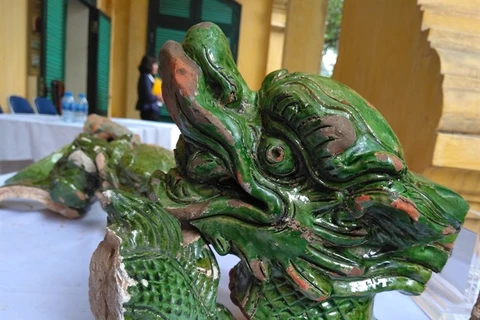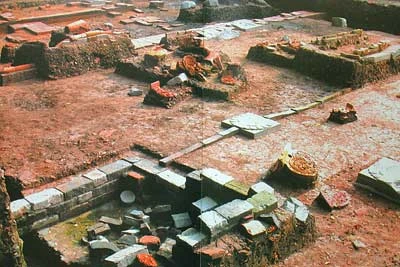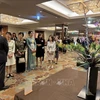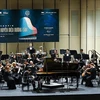Hanoi (VNA) – A recent excavation at the Thang Long Imperial Citadel in Hanoi revealed a number of architectural vestiges, said archeologists from the Thang Long-Hanoi Heritage Conservation Centre and the Vietnam Institute of Archaeology at a conference held in Hanoi on May 16.
Conducted within a total area of nearly 1,000 sq.m near Kinh Thien Palace, the excavation found a wide range of artifacts, showing that the area once held major structures of the Dai La, Ly, Tran, Le, and Nguyen dynasties. They include vestiges of roads, parterres, ponds, stone foundations, and drainage passages, among others.
Other relics unearthed included terracotta and pottery items, as well as wood and metal components.
The archeologists said that the excavation’s findings demonstrated the variety and complexity of the underground historical and cultural relics within the Thang Long Imperial Citadel, reinforcing the enormous value of the site.
The Thang Long Imperial Citadel was built in the 11th century by the Ly dynasty, marking the independence of the Dai Viet. The central sector of the citadel was recognised as a UNESCO World Heritage Site on July 31, 2010.
Kinh Thien Palace is a main building in the central sector of the Thang Long Imperial Citadel, which is located in what is now downtown Hanoi. It sits in the centre of the complex, facing Doan Mon (south gate) and Flag Tower.
The palace was built in 1428 and believed to be of highest importance, hosting many royal ceremonies. It was also in this palace that royal audiences were invited to discuss national issues.
The palace, however, was almost destroyed at the end of the 19th century by the French, and what remains today is a 100 cm-high banister to the south of the plot and several large stone steps with dragon carvings.–VNA
VNA


